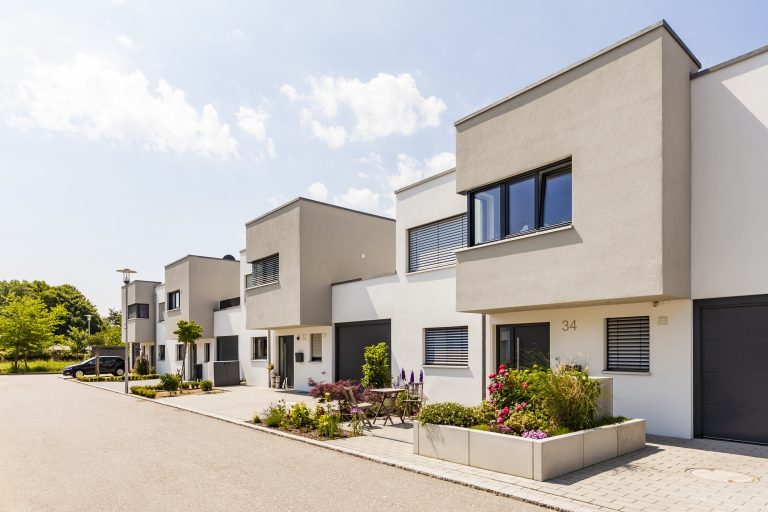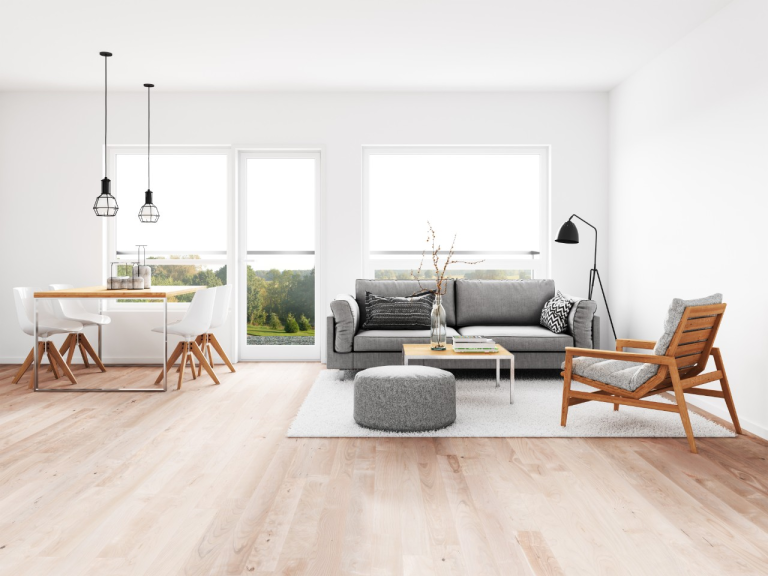With tenants around the country under mounting pressure from increasing rents, rising costs of living and decreased vacancy rates, there’s never been a more crucial time for affordable housing.
The good news is that there is a government scheme aimed at assisting low and middle income families to find affordable homes.
Here’s what you need to know
What is the NRAS?
The National Rental Affordability Scheme (NRAS) is a government incentive to create affordable rental properties for low to middle income families.
Under the NRAS scheme, investors receive a tax offset for building and then renting out properties at rates at least 20% below market value. It’s targeted at medium to large-scale investors, generally those creating more than 100 dwellings.
Under NRAS, investors receive a tax offset for building and then renting out properties at rates at least 20% below market value. Picture: Kate Griffin
The scheme aims to increase the amount of new housing available to those who may otherwise not be able to afford it, while encouraging investors to look at ways of managing properties that keep costs down.
NRAS Eligibility: Who can rent an NRAS property?
People wanting to rent an NRAS property must adhere to the following:
- Their combined gross household income is below the limit set by the government. This includes income from all occupants of the home. The limit is adjusted each year based on inflation and there are some allowances for increases in household earnings, but if a tenant exceeds the income limit by 25% or more for two consecutive years, they are no longer eligible.
- The landlord is responsible for, and must be able to show, that tenants are under the gross household income limit for the life of the lease, or risk losing the tax offset.
2022-23 NRAS income limits
| 2022-23 NRAS Year | Initial income limit |
|---|---|
| First Adult | $54,643 |
| First Sole Parent | $57,474 |
| Each Additional Adult | $20,905 |
| Each Child* | $18,127 |
The NRAS aims to increase the amount of new housing available to those who may not otherwise be able to afford it. Picture: Kate Griffin
How do I get an NRAS rental?
An NRAS rental agreement is between the landlord and the tenant – not the government – so finding a rental is not dissimilar to any other house hunt.
Find NRAS housing on realestate.com.au.
Listings will specify if a property requires NRAS conditions to be met.
Alternatively, potential renters can approach approved NRAS landlords, known as ‘participants’, to find out if rentals are available in a specific area. There is a comprehensive list on the Department of Social Services website.
If you are hoping to rent an NRAS property in Queensland you must first register with the One Social Housing Register.
When applying for an NRAS lease, you will need to prove your gross household income is below the limit, so your potential landlord will ask for supporting documents such as pay slips, tax returns, superannuation statements and statements from Centrelink.
Like any private rental, it is ultimately up to the landlord to decide if you are a suitable tenant and you are bound by all the relevant state or territory rental regulations.
Who can invest in NRAS?
The NRAS is targeted at medium to large-scale investors; generally those creating more than 100 dwellings.
Individuals can get involved by investing in entities that participate in the scheme, such as a superannuation fund or property trust. In some circumstances, smaller investors can buy a property that is part of the scheme.
For more information about NRAS, check out the Federal Government’s Department of Social Services website.
This article was originally published on 12 Aug 2022 at 9:00am but has been regularly updated to keep the information current.





